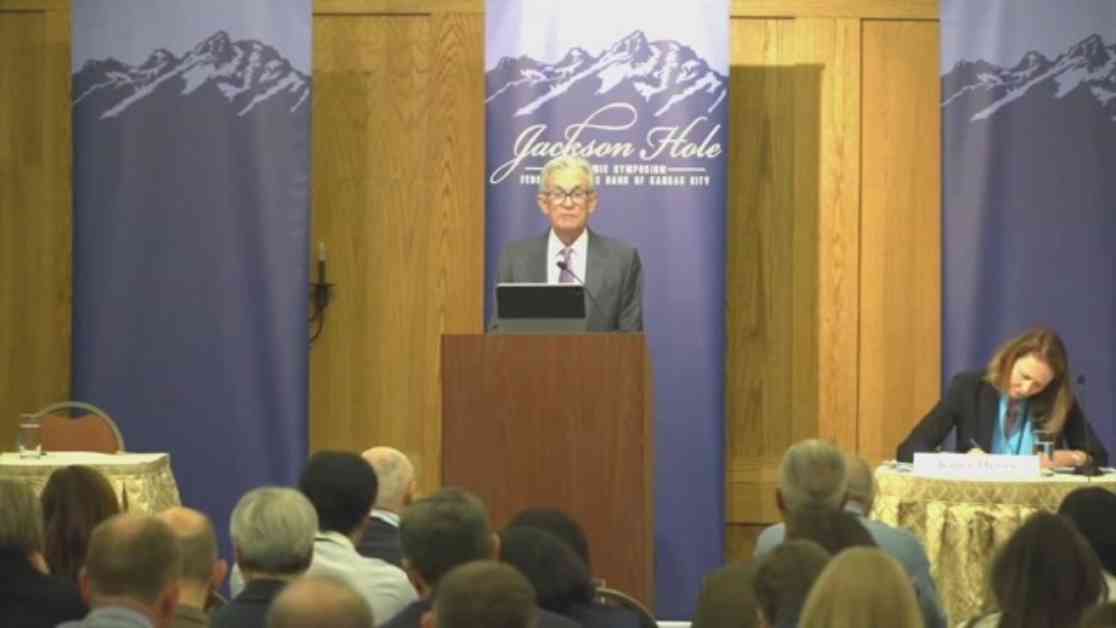The Federal Reserve in Washington, D.C., made a decision to lower its key interest rate by a quarter-point. This move was in response to the decrease in inflation, which had been high and had contributed to Donald Trump winning the presidential election. The rate cut follows a previous half-point reduction in September and shows the Fed’s focus on supporting the job market and controlling inflation, which is now just above the central bank’s 2% target.
With this latest cut, the Fed’s benchmark rate is now around 4.6%, down from the 5.3% high it was at before September’s meeting. This high rate had been maintained for over a year to combat high inflation, which has since fallen from a peak of 9.1% to 2.4% in September. The Fed had projected further quarter-point cuts in November and December, as well as four more next year, but with the economy showing signs of strength and anticipation of growth under President-elect Trump, additional rate cuts may be less likely.
Trump’s election has raised concerns about potential interference in the Fed’s policy decisions, as he has expressed interest in having a say in interest rate matters. The Fed values its independence in making decisions about borrowing rates without political influence. However, with conflicting signals from the economy, such as solid growth but weakening hiring, there are concerns that reducing borrowing costs could lead to overstimulation and increased inflation.
Financial markets have reacted to the Fed’s rate cuts by pushing up Treasury yields, leading to higher borrowing costs across the economy. This could diminish the benefits of the rate cuts for consumers. Trump’s proposed tariffs and taxes may also impact inflation rates, making it less likely for the Fed to continue cutting rates. Despite the potential benefits of rate cuts, higher borrowing costs for mortgages and other major purchases could pose a challenge for the central bank.
Overall, the economy has shown solid growth and healthy consumer spending, but concerns remain about job market stability and inflation levels. The Fed’s decision to lower rates is aimed at supporting the job market, but if economic growth continues strongly and inflation rises, there may be pressure on the central bank to adjust its rate cuts accordingly.


